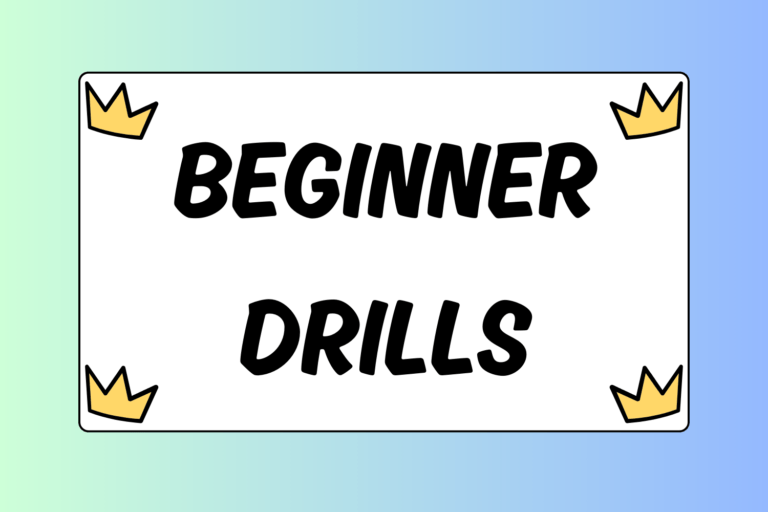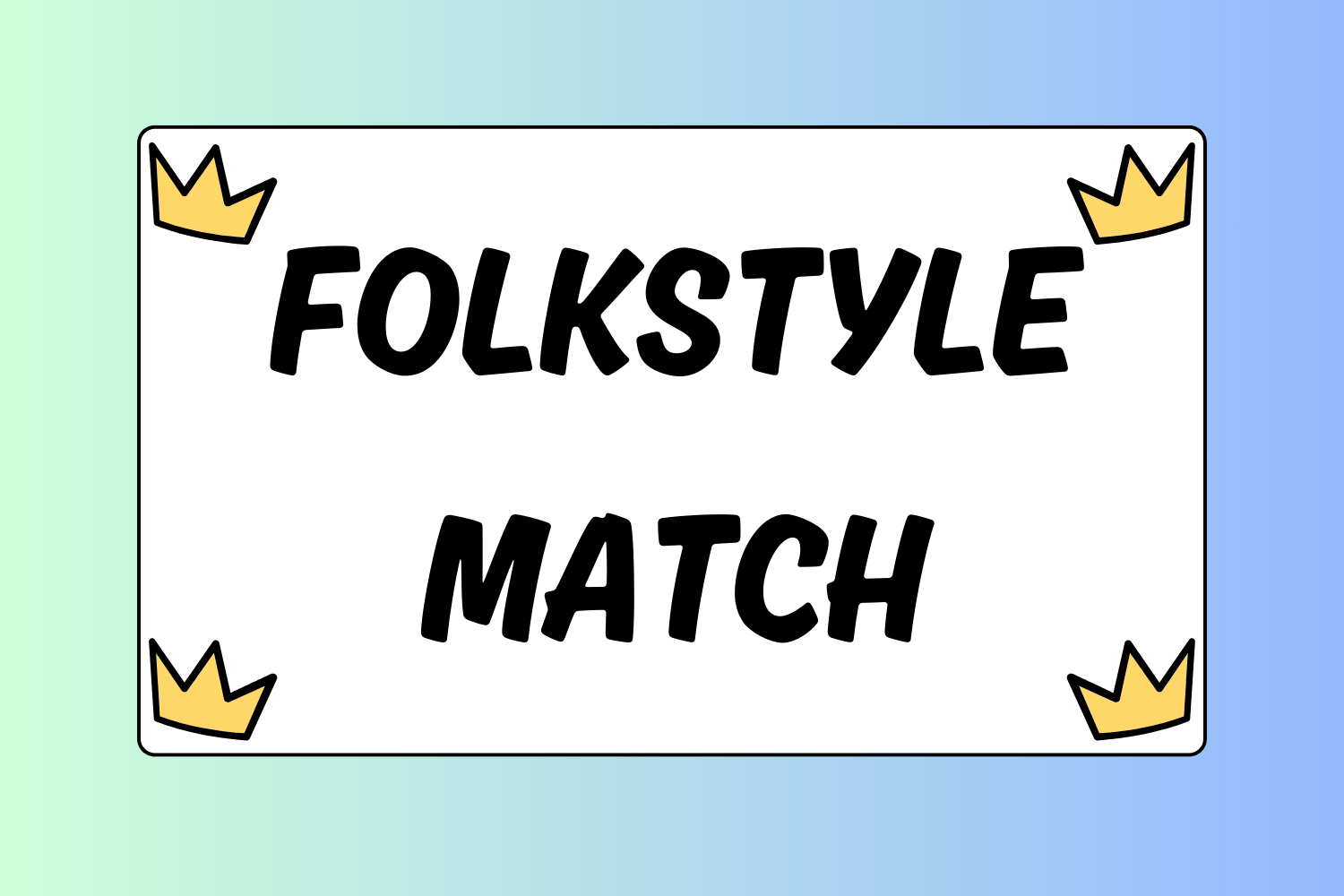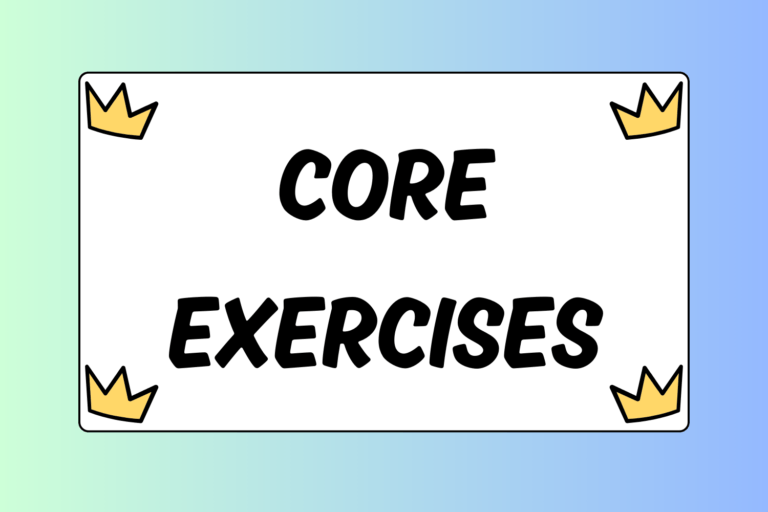International rules change at such a fast pace that it is hard to keep up with each detail and revision. One rule that has drastically changed international competition is the use of the “ordered hold,” or what is traditionally known as “the clinch.”
The ordered hold position is used in both freestyle and Greco-Roman wrestling. However, both styles have different positions and different purposes. In freestyle, the ordered hold is used only to decide a scoreless period. In Greco-Roman, the ordered hold is enforced at the end of every period, because the matches are often very low scoring; the clinch position helps to clearly decide a winner for that specific period.
Each style has different strategies and techniques involved. Understanding the rules and purpose of the clinch are the first steps you need to take in order to master these positions. This guide will help you understand the ordered hold and give you the edge you need to dominate your competition.
Leg Clinch in Freestyle
The ordered hold in freestyle is very unique. It grants the offensive wrestler a tremendous advantage in winning the period. If there is no score at the end of a two-minute period, one of the wrestlers is randomly chosen to take his opponent’s leg for a final 30 seconds that decides the period.
The positions are chosen at random by the official. He uses a bag containing two balls – one red, one blue; each representing a wrestler. The ball that is pulled by the official decides which wrestler starts in the offensive position. From there …
- The offensive wrestler must take a leg in this position. He has choice of the leg he wishes to lock his arms around. The defensive wrestler must place this same leg inside of the center circle, with his other leg positioned outside of the circle.
- Standing in front of the defensive wrestler, the offensive wrestler then squats and locks both arms around his opponent’s leg, with his head positioned to the outside of the defensive wrestler’s body.
- The defensive wrestler must place his hands on his opponent’s back, but may not use his hands or arms to block his opponent from locking or defend in any other way before wrestling starts.
- The position may be corrected by the official. Once both wrestlers are in the correct position, the official blows his whistle to signal the start of the 30-second period. If both positions are correct, the start happens with little hesitation.
For the final 30 seconds, wrestling is conducted as normal. However, if the offensive wrestler scores in this position, the period is stopped and this wrestler wins the period. If the offensive wrestler does not score in this position, the defending wrestler is awarded one point and declared the winner of that period.
Par Terre Clinch in Greco
In Greco, each period begins neutral and is wrestled until there are 30 seconds left. Unless a wrestler is put on his back, the match is stopped and the final 30 seconds continue in the par terre position on the mat. This position is enforced to create more opportunities to score by each wrestler, making the outcome of each match more decisive.
There is a set criterion that must be applied to determine the wrestler that is allowed to start in the top position. Each criterion must be used in order, moving on to the next rule when one rule does not apply. In the Greco clinch, the top position is ordered to:
- The wrestler with the highest number of points
- The wrestler who scores the last point (if the score is tied)
- The wrestler who scored the highest number of technical points with one offensive maneuver (if the score is tied)
- The wrestler wearing red, if none of the above criteria applies.
Once the top and bottom positions are determined, the wrestler ordered on bottom gets set. He must have both hands and knees on the designated starting lines drawn inside of the center circle. Also, the angle of his hips and legs may not increase past 90 degrees. The referee is allowed to make corrections to the bottom wrestler’s position.
The wrestler in the top position is then ordered to “cover” his opponent. He is allowed to start either on the side of or behind his opponent.
Behind
If the top wrestler takes position behind his opponent, one knee must be placed on the mat.
Wrestling starts once he places both of his hands on his opponent’s back and the official blows the whistle.
On the Side
If the top wrestler takes position on the side of his opponent, the action starts once he locks his hands around his opponent’s midsection (in a
reverse lock) and the official blows his whistle.
The wrestler that starts on top in this position must turn his opponent during this 30-second period; otherwise, his opponent is awarded a point. The entire 30 seconds are played out (whether in the neutral or par terre position) unless a fall occurs.
This same process also occurs at the end of the second and third periods, with the same criteria being applied. If the first three rules are not relevant to the next period, the wrestler in blue is ordered to the top position in the second period. If in a similar situation at the end of the third round, a wrestler is randomly chosen to start on top.
A Winning Strategy
Once you fully understand how the clinch positions work in freestyle and Greco, you can begin to work on scoring strategies for each. Depending on your strengths as a wrestler, the strategy and techniques used will vary. Talk to your coach about what you need to do in order to be successful in these positions. The best wrestlers in the world are masters of their style’s clinch, so the sooner you learn to wrestle in these positions, the tougher you will be in close matches and the more success you will have in the long-run.





